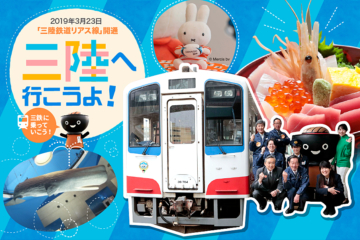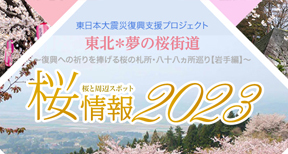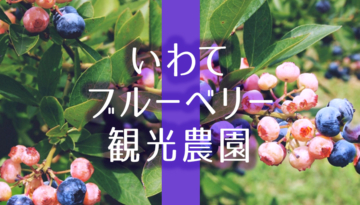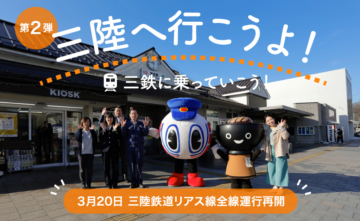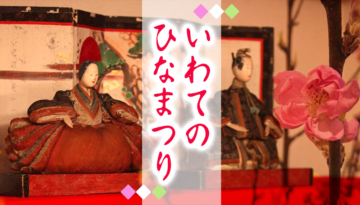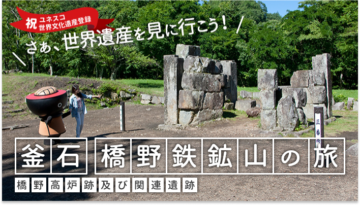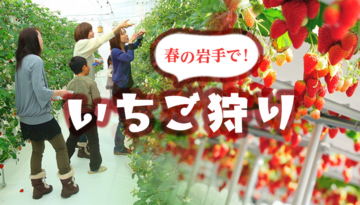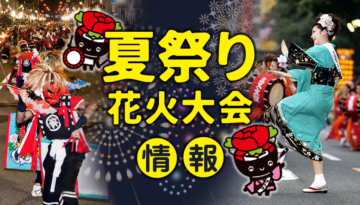Suneka of Yoshihama
A small New Year's ritual held on January 15th every year.
Suneka, a straw man wearing a strange mask, goes around the houses in the area, praying for the healthy growth of children, a rich harvest, and a bountiful catch.
The origin of ``suneka'' is said to be ``sunekawa taguri'', which is used to peel off the skin of the skin on the shins, which is caused by being too lazy to be around irori during the cold winter. The gestures and appearance that warn against lazy or crying children are very regional. The Yoshihama Suneka Preservation Society carries out activities to pass on the history of Suneka, such as lending costumes to children in the area.
It was designated as a national important intangible folk cultural property in 2004.
On November 29, 2018, "Visiting Gods: Gods in Masks and Costumes," including "Yoshihama Suneka," was registered as a UNESCO Intangible Cultural Heritage.
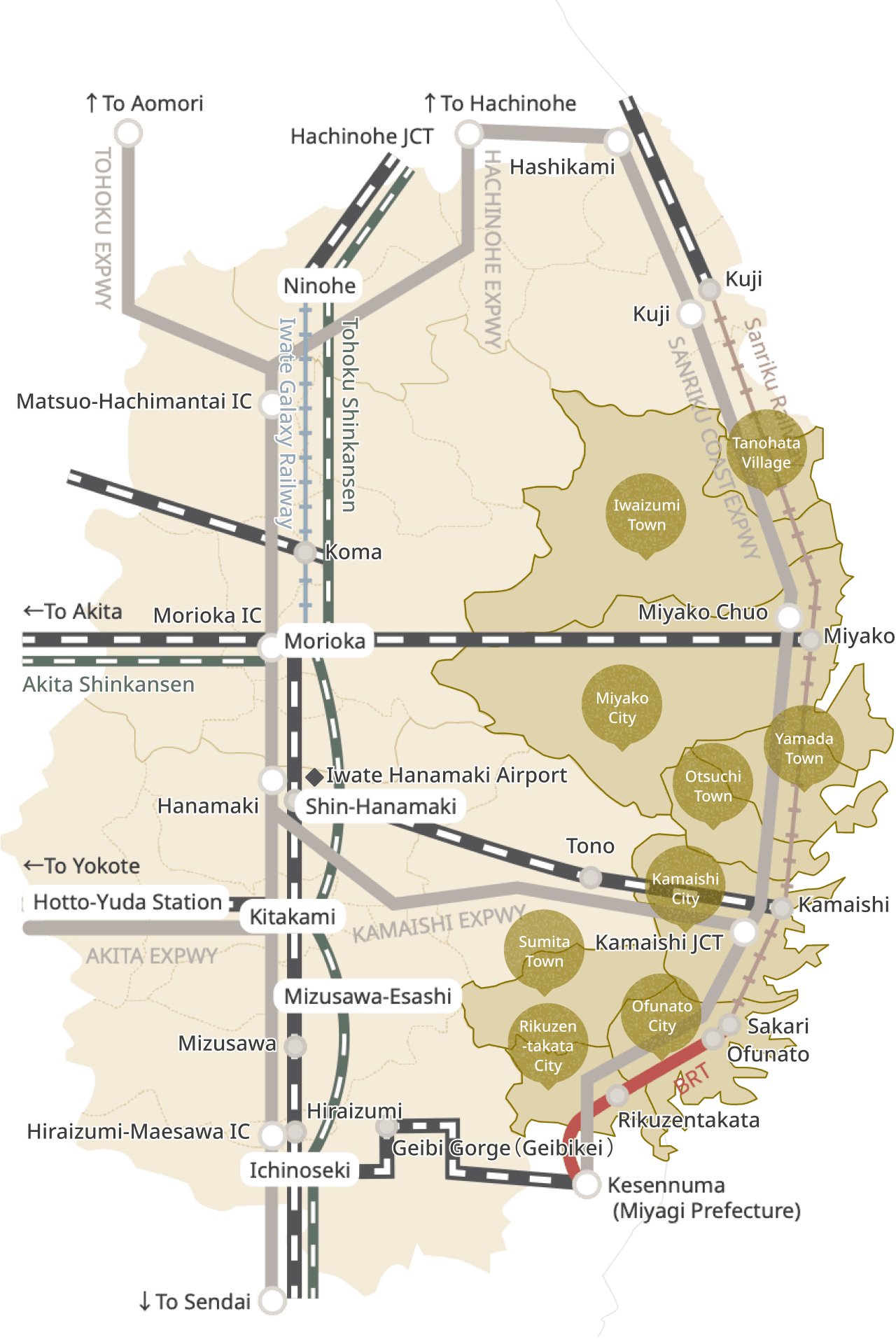

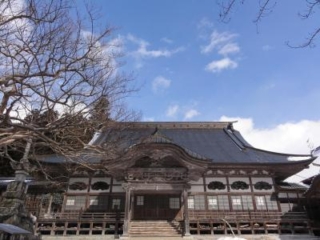
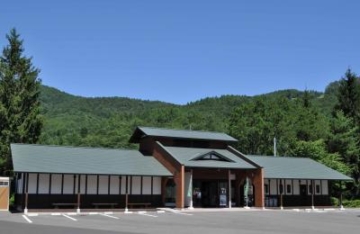
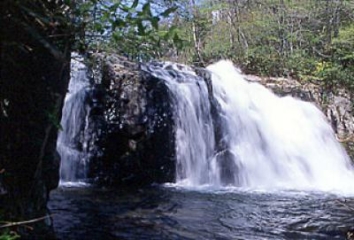
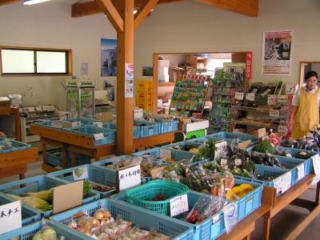
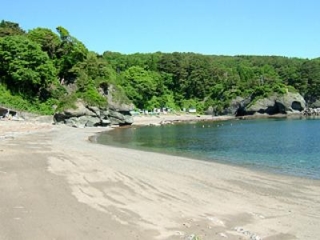
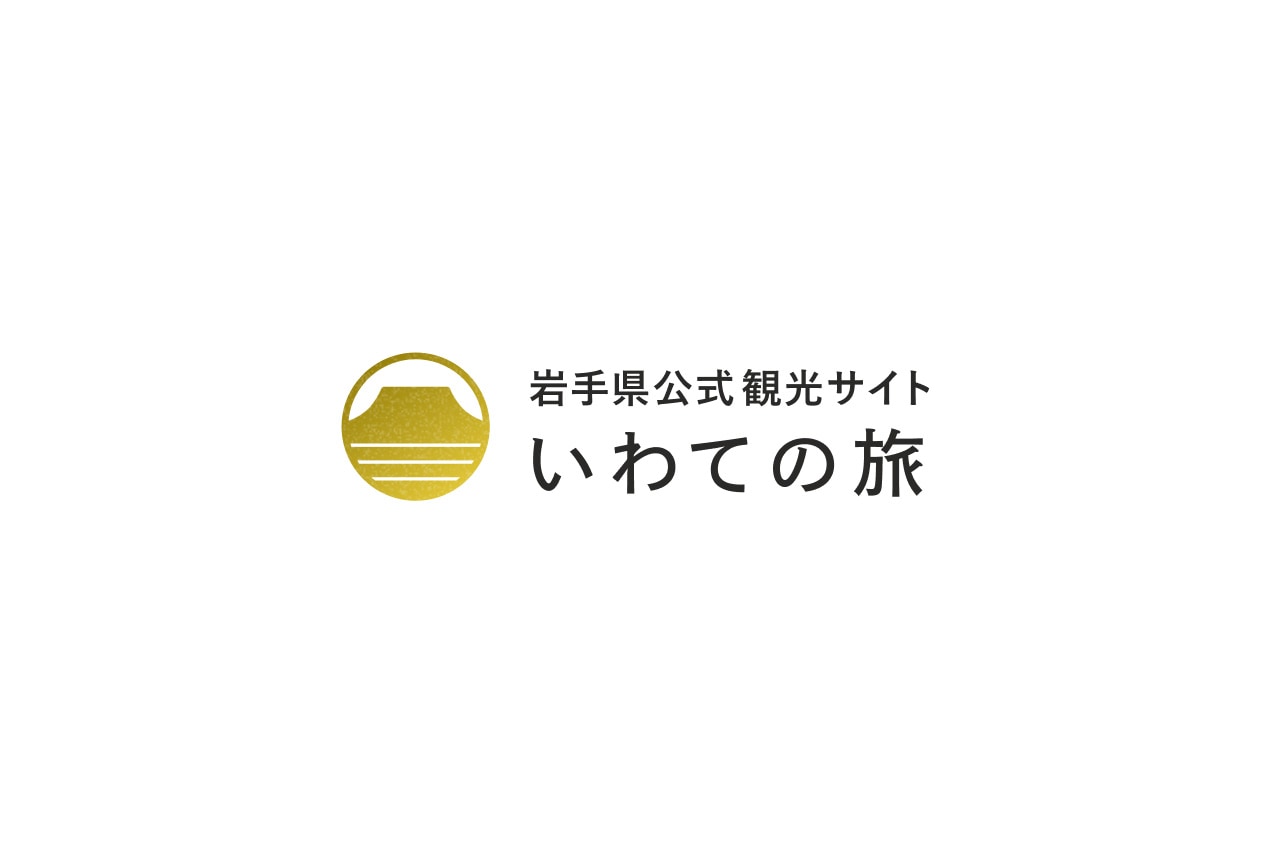
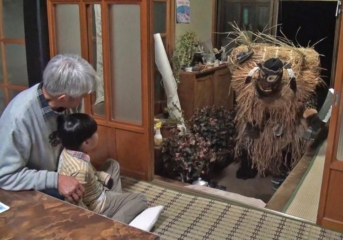
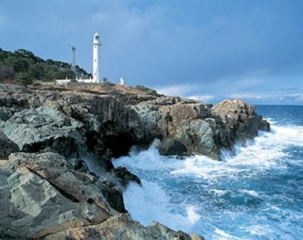
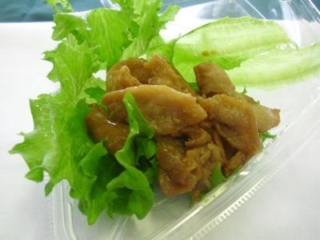
![[Iwate Enjoyment Model Course] Literature Course](https://iwatetabi.jp/wp/wp-content/uploads/2024/03/2625-360x240.jpg)
![[Iwate Enjoyment Model Course] Sanriku Geopark and Ancient Journey](https://iwatetabi.jp/wp/wp-content/uploads/2024/03/3531-360x240.jpg)
